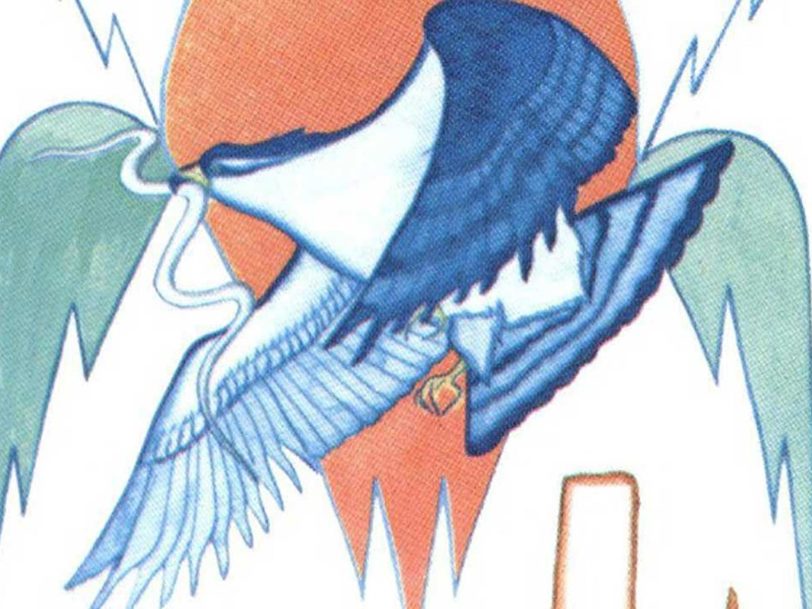On The Border, the third studio album from Eagles, is to some extent a tale of two producers. Two of the album’s songs – You Never Cry Like A Lover and Best Of My Love – were produced in London by Epsom-born Glyn Johns, before a bust-up prompted the band to leave England and hire Bill Szymczyk to produce the rest of the record in Los Angeles. It marked the start of Eagles’ long, successful relationship with the American producer, who would go on to oversee classic albums such as One Of These Nights and Hotel California.
Listen to ‘On The Border’ here.
“A raw and funky presence”
“Glyn thought we were a nice, country-rock, semi-acoustic band, and every time we wanted to rock’n’roll, he could name a thousand British bands that could do it better,” singer and drummer Don Henley told Crawdaddy! magazine shortly after On The Border’s release on 22 March 1974.
Though Henley praised Johns for “doing a good job” and bringing the smooth, deep echo sound they needed on You Never Cry Like A Lover and Best Of My Love – both written by Henley with JD Souther, with the latter song becoming a No.1 single around the world – he believed that Szymczyk brought the band “more of a raw and funky presence” on the album’s remaining eight tracks.




